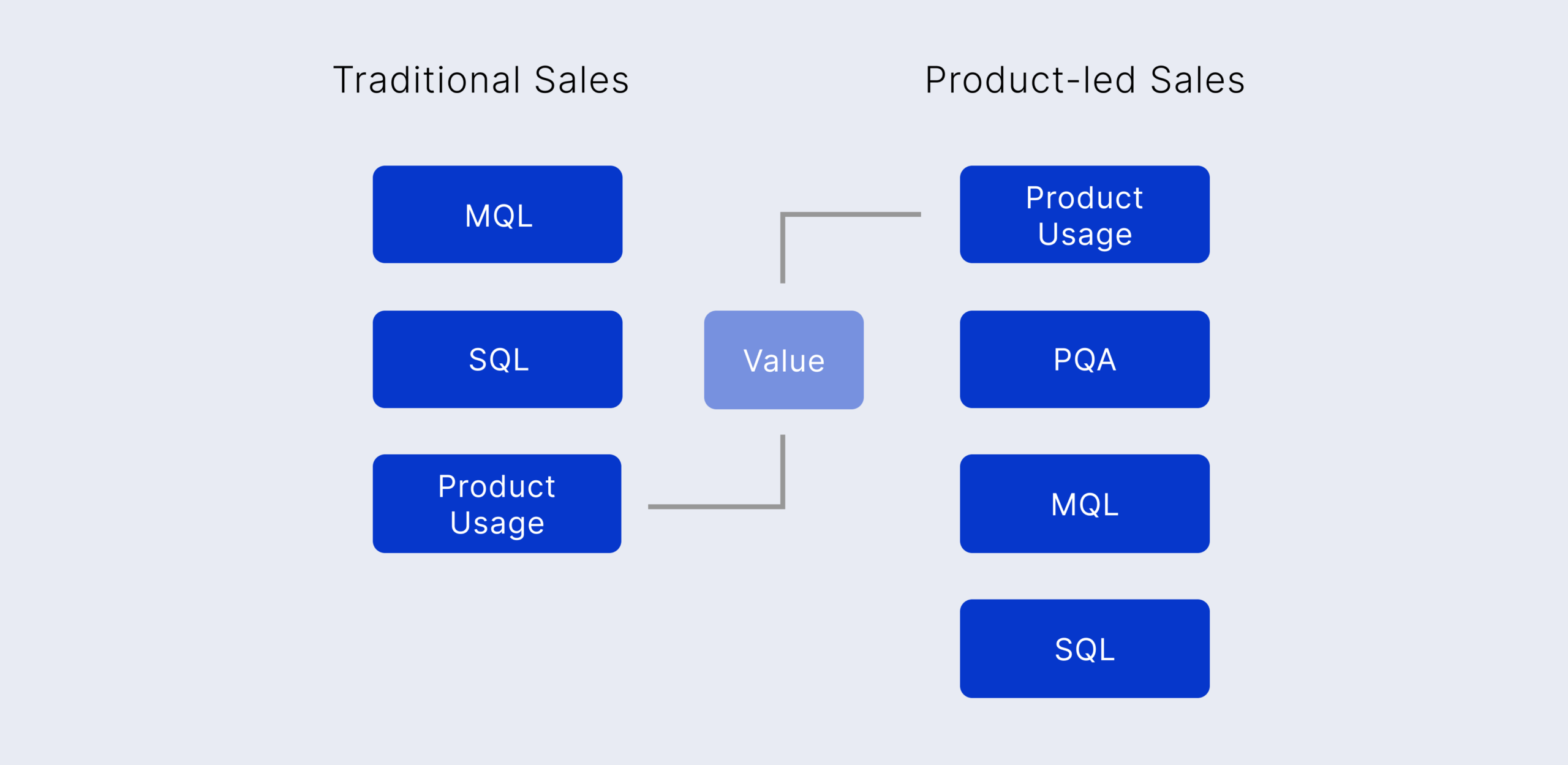Getting consistent sales means having steady growth. There are three pillars that make up the entire growth structure: acquisition, monetization, and engagement.
Companies prioritizing product-led growth effectively leverage their products to acquire, convert, and engage customers.
However, only focusing on product-led growth isn’t enough. To truly optimize for high-quality customer acquisition, conversion, retention, and revenue growth, businesses need a hybrid way where sales are guided by the product: a product-led sales approach.
This means specifically targeting high-potential leads for better conversion rates.
What is Product-led Sales?
It all started when a group of innovative minds brainstormed ideas about offering their digital products to audiences. They relied on offering value instead of convincing the users to buy a product.
With companies starting to achieve revenue growth through self-serve product experiences in the early 2010s, the term “product-led growth” has risen.
Recognizing that product-led growth motion is effective, opened to way of exploring product-led sales as a sales model.
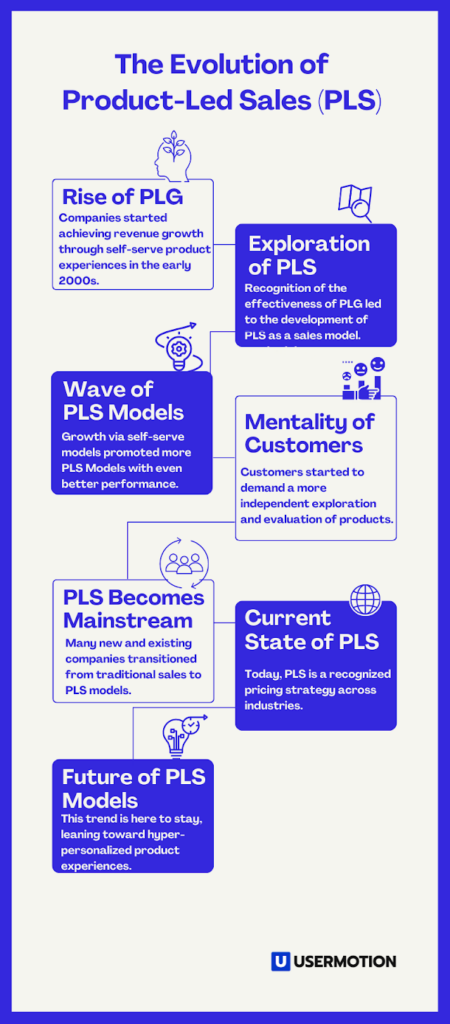
Product-led growth (not product-led sales) is a growth model where the product is used to acquire, convert, and engage customers.
Product-led sales, on the other hand, is a sales model that first emerged as an open pricing model (with free trials and freemium models) that leads to conversion through self-service product experiences.
Today, product-led sales is recognized as a hybrid approach. It focuses on identifying and prioritizing high-potential leads based on their product usage and behaviors, and then delivering personalized product experiences that extend beyond self-service.
It uses the product itself as a force to drive adoption rather than relying solely on traditional sales tactics like cold calls and demos.
This helps increase conversion rates and foster a self-sustaining sales cycle.
How Does Product-led Sales Work?
The major struggles for companies that want to grow their revenue are that;
- Sales cycles are expensive
- Conversion rates are low
- And churn rates are high
Instead of putting potential customers through a long sales process that takes a lot of time and effort, product-led sales makes it easy for them to use the product right away by giving them full access to it.
This hands-on experience lets leads see the value of the product for themselves, which helps them make better buying decisions.
The magic of product-led sales often comes from a simple change, like getting potential users to click on a “Sign up” button to try the product right away instead of a “Talk to Sales” button that starts a traditional sales conversation.
This strategy gives users more control, and a more personalized live experience, makes the sales process easier, and can lead to higher conversion rates in the long run.
How Product-Led Sales Fills Value Gap in Product Experience
Let’s say a possible customer hears about a product, is interested, but isn’t sure if they want to buy it or not. Because they aren’t sure how important it is.
The value gap is the difference between what your customer expects from your product and what they think they’ll get out of it.
However, a product-led sales strategy is an easy way to solve this problem.
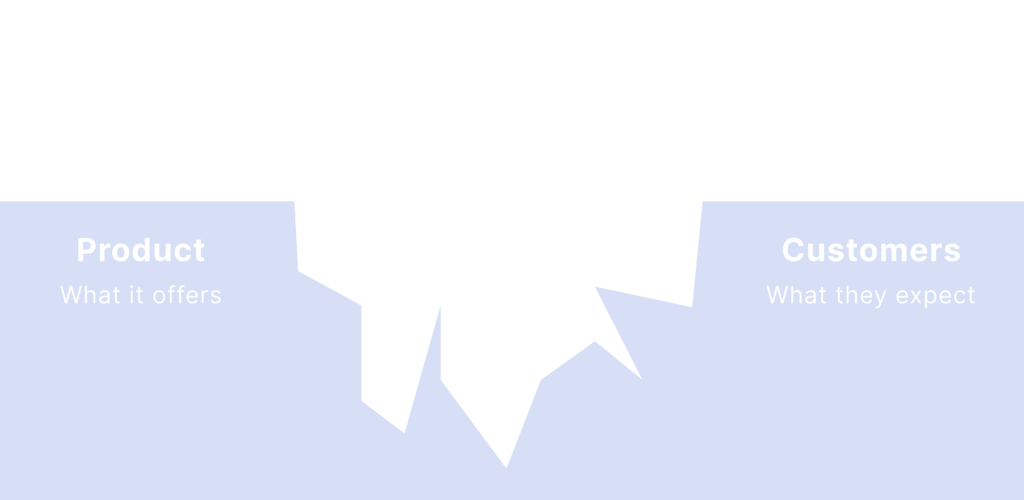
First, you offer free access to your product to let users know of its value firsthand.
As users explore the features and experience the benefits, they begin to realize the value the product brings.
Meanwhile, you can track your user’s in-product action and prioritize those leads with potential buying signals. This data helps your product team to make modifications to improve their experience.
This is how your product and sales team work together to close the gap between expectations and reality.
Ultimately this process fuels sustainable revenue growth for your company.
Lead Qualification and Product-Led Sales Approach
98% of your marketing qualified leads (MQL’s) will never result in closed sales. Why? Because they most likely unaware of your product’s value.
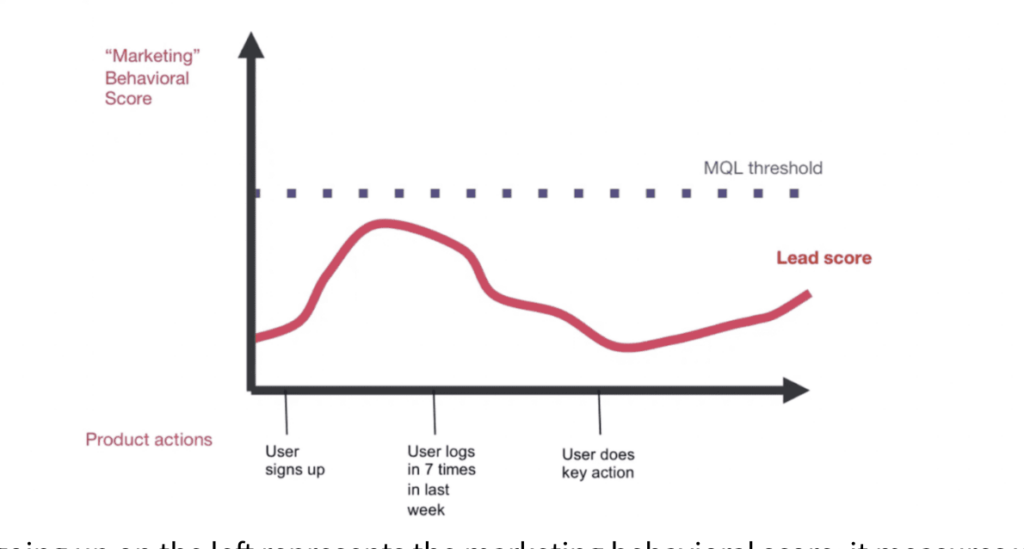
When potential users interact with your product and see how it can help them, they are more likely to become customers than leads who haven’t had these kinds of experiences. Because of this link between how people use a product and how likely they are to buy it, the focus is on finding PQLs. The most important part of product-led sales is that these leads have already seen “meaningful value” from your product or service.
Using a product-led approach does more than just help with prospecting. It also makes it easier for the marketing and sales teams to work together. By putting the product at the center of the customer conversion process, both teams can work together to better nurture leads. For example, if a lot of your users are on free plans, knowing how they use your product can help you come up with ways to turn them into paying customers.
A product-centered strategy can also reveal insights that would have been hidden otherwise. By keeping a close eye on how leads use your product, you can find barriers or problems that might stop them from using or getting the most out of your solution. Getting rid of these problems can make users happier and increase conversions.
Product-led Sales SaaS Companies
Technology companies have grown and changed over time to become essential to the way we do business every day.
Tools like Notion, HubSpot, and Figma aren’t just random; they’re a big part of how we work.
But here’s an interesting fact: they grew bigger not by spending a lot of money on big sales teams, but by making their products better.
Their products spoke for themselves by how well they worked and how well they were made.
Traditional sales teams helped spread the word about these products later on, but at first, word of mouth spread them like wildfire. Let’s look closely at some specific situations:
HubSpot
HubSpot is a giant in CRM, marketing, and SaaS sales. It is worth a huge $37.59 billion.
HubSpot’s success is based in large part on how much it cares about user experience and customer service.
They do a great job of following the rules of a product-led sales strategy by offering a full free plan that doesn’t require a credit card and lets users try out many of its powerful features, but only with up to 100 contacts.
This strategic move not only shows potential users what the platform can do but also sets up a path for growth.
As businesses grow and their contact lists grow, it makes sense to switch to HubSpot’s paid plans.
The ease of this change, along with the value that HubSpot already offers, builds loyalty and makes sure that businesses will continue to use HubSpot as they grow.
Notion

Exploring Notion feels like taking a step into a productivity rabbit hole.
Notion has changed over time to become the best place for both individuals and teams to work. It is one of a kind because it has a wide range of tools and can be changed in a lot of ways. These tools can be used for personal note-taking or to help a team work together.
Its growth has been mostly natural, with a focus on community-led and product-led strategies instead of the usual sales-led approach. Their templates and sharable links make it get bigger by word-of-mouth.
Figma
In 2023, Figma is worth $20 billion, which is a lot of money in the design world.
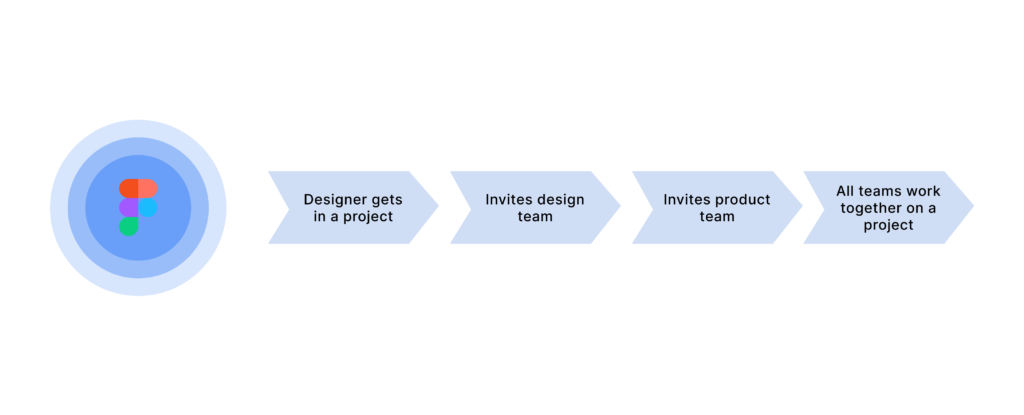
At first, their free plan didn’t bring in as many people as they had hoped. The Figma team soon realized that their product didn’t do enough to help people work together, which was a key feature that their audience wanted. The company’s future changed a lot when they changed their product strategy by letting any number of people edit and focusing on just two files.
This change in strategy shows that Figma is committed to a product-led sales approach that focuses on understanding users’ main needs and values and meeting them.
Why product-led, and why not sales-led?
Technology is changing, and the products we use are changing. What’s more, company executives and potential customers are changing. It is no longer possible to impress the new generation of customers with the old sales methods.
Instead of being persuaded by a salesperson with great persuasion abilities, it has become more popular today to buy a product that will make their job easier and be beneficial just for that product itself.
Changing Customer Purchase Behaviour
The tendency of users to purchase products and services has changed in recent years. In fact, as I mentioned above, the characteristics of generations have changed, and this has naturally also affected their purchasing actions.
A persuasive salesperson can still be effective for certain age groups. However, we can question the validity of these methods for those working in the field of technology. Today’s users are more conscious and want to stay in control of their purchasing journey.
They do their own research. They read a lot of reviews from sites, and moreover, they ask about their friends. As a result, traditional sales methods interrupt and push people to buy no longer work.
The old methods depend on sales teams, unlike product-led sales:
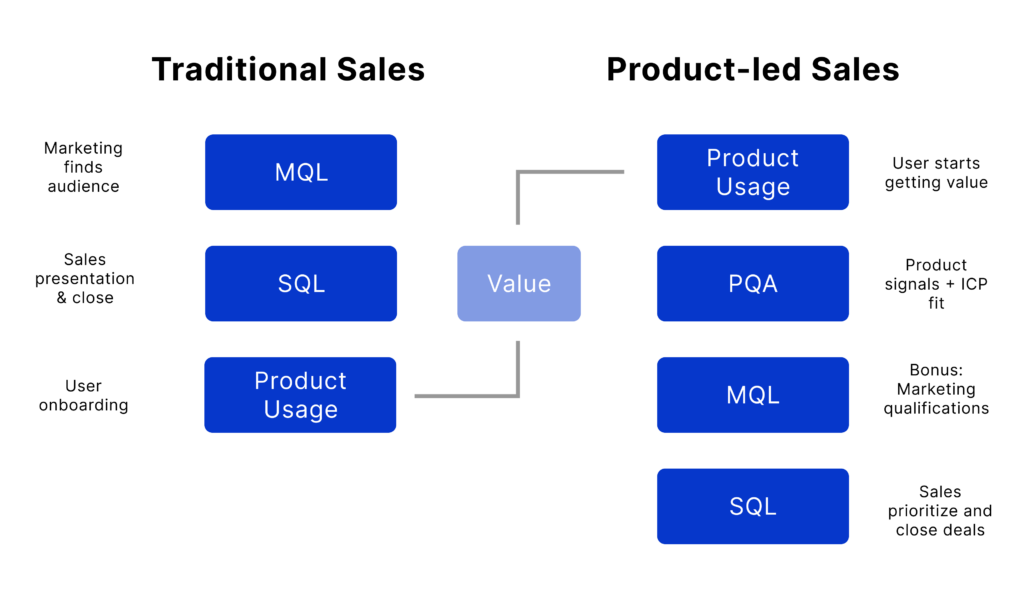
As you can see above, the main and most important difference between traditional sales and product-led sales is the timing of understanding product value.
Product-led sales allow customers to fully understand the value of the product and its features before committing to a purchase. As a result, product-led sales often lead to higher customer satisfaction and retention rates, as customers have already experienced the value of the product before making a purchase.
Sales teams are responsible for generating the majority of the revenues of most traditional companies, but the world of sales has changed dramatically in recent years. In the current business climate, putting too much faith in a sales team to bring in money can be a risky move.
A sales team comes with significant financial and operational responsibilities.
When a company relies on only one sales team to generate revenue, departments such as marketing and R&D can lose communication with the customer. This can lead to a lack of innovation, and you may find it difficult to produce products that meet customers’ needs.
Companies need to bring together different strategies and departments to create a unified, customer-focused approach to generating revenue.
Quantity of Sales Messages
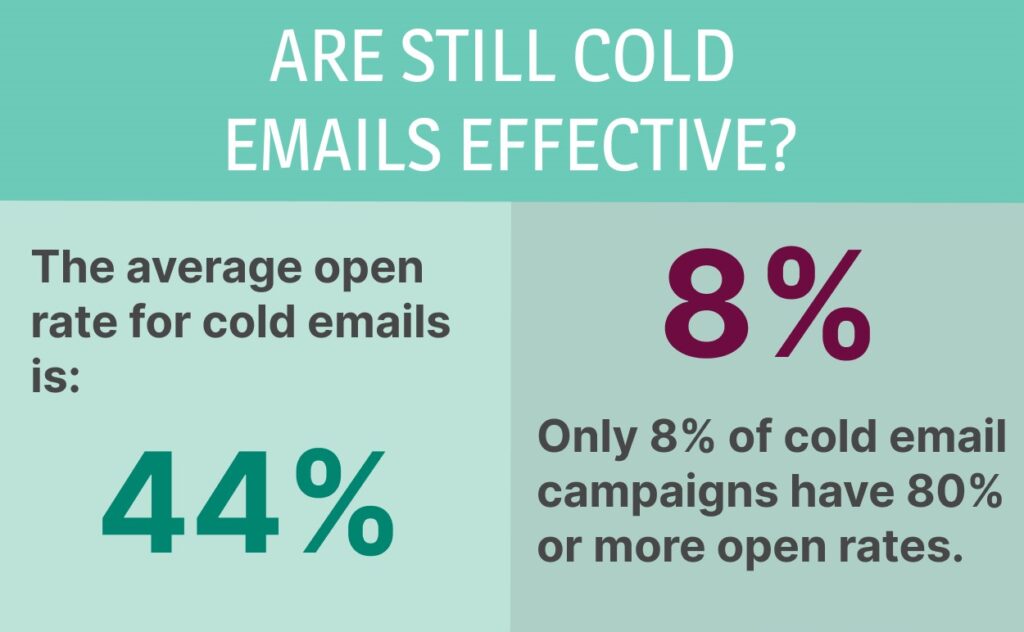
The amount of information customers receive daily has grown exponentially, leading to information overload. Old-fashioned sales techniques based on cold calling, emails, and face-to-face sales conversations are no longer as popular as they used to be.
Customers are bombarded with sales messages and have learned to ignore them. As a result, traditional sales methods are no longer as effective as they used to be.
Product-led sales is an approach that focuses on showing the product rather than just telling it.
Product-led sales enable you to acquire qualified customers. What I want to talk about is that the users who will have your product will consist of people who understand the benefits of the product and will use it.
This method is especially useful for B2B companies in SaaS.
Product-Led Sales Statistics in 2024
Through careful research and my own insights from being on the ground, I’ve noticed a huge change in how businesses will approach sales in the year 2024. This year, the Product-Led Sales (PLS) paradigm has not only become more popular but has also shown some interesting statistical trends.
Companies Investing in Product-led Sales
Bain & Company research conducted in 2022 put light on an important business trend: product-led growth is quickly becoming the main strategy for companies that want to get a bigger share of the market and get more outside investment.
Another poll done by Appcues mentions that 97% of SaaS companies are actively investing in providing a more product-focused experience. Why? So that they can compete and even stand out in the market.

Notably, more than 90% of companies are putting money into the product-led sales (PLS) approach, which shows how important it is in today’s business world.
Software Customers Prioritize Product Experiences
Marketsplash reports that 83% of software customers are more willing to purchase a product that offers a frictionless product experience. Furthermore, even after making a purchase, 80% of clients lean towards self-service options.
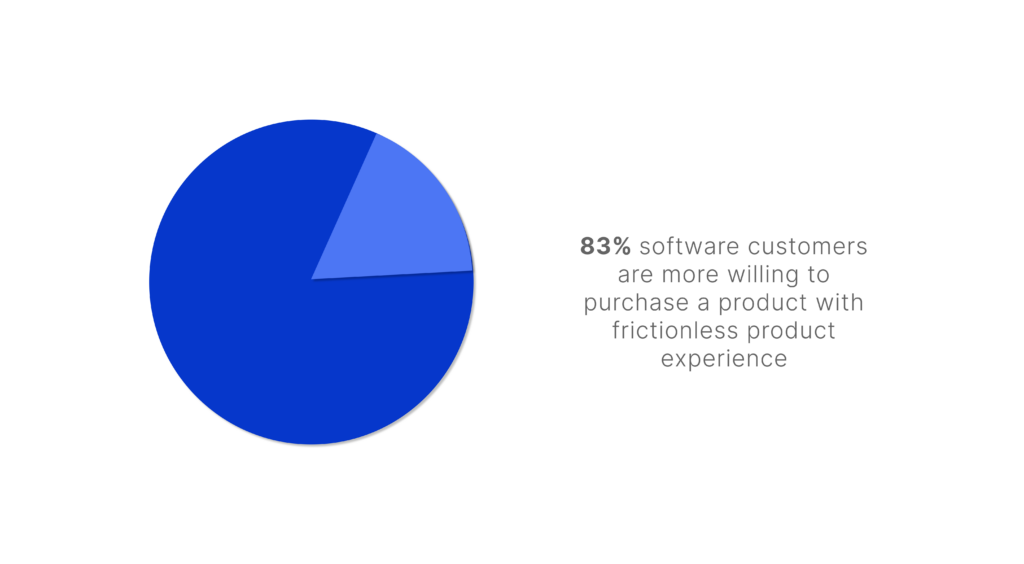
This underscores a clear message: 83% of customers prioritize product experience above all else.
All of these facts point to a growing trend. More and more, customers today want to try out and learn about a product or service before buying it. The product-led sales method fits perfectly into this new way of thinking, so everyone wins.
By using this model, customers are given the freedom to look into and test products on their own terms. The benefits of this strategy for businesses are clear. Those that use a product-led strategy see their customer retention rates triple compared to those that focus on sales.
Adoption Rate of Product-Led Sales in Modern Businesses
Over the past years, product-led sales have been the obvious response to the shift in customer behavior. Take these surveys, for instance:
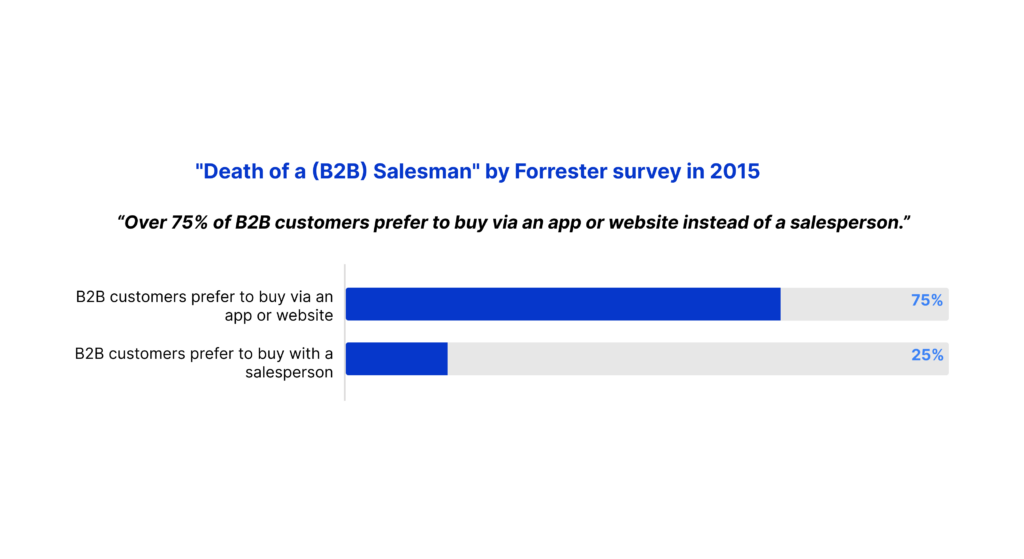
The Forrester survey in 2015, titled “Death of a (B2B) Salesman”, indicated that over 75% of B2B customers prefer to buy via an app or website instead of salespersons. If you think these numbers are higher now in 2023, you are absolutely right.
As a response, product-led businesses have multiplied the public SaaS index’s median Enterprise Value (EV). This has made them more scalable and less prone to logistical or operational problems.
Industries Leading in Product-led Sales
As I’ve been learning about how different industries work, I’ve seen a big wave of PLS (Product-Led Sales) adoption. There are, however, some industries that stand out in the way they use this strategy:
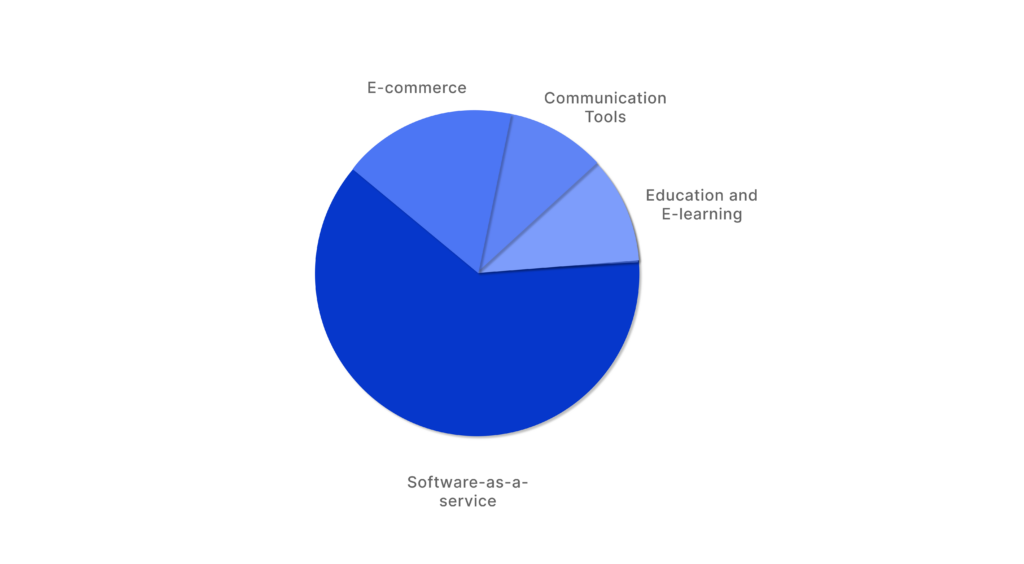
- From what I’ve seen, Software-as-a-Service (SaaS) seems to be leading the way in the use of PLS.
- E-commerce and retail have grown a lot, especially since online shopping is becoming more and more popular.
- The technology and information technology (IT) sectors, which include both hardware and software providers, moved quickly in this direction.
- Also, the PLS trend is not new to the world of Collaboration and Communication Tools, such as project management software, team messaging platforms, and video conferencing solutions.
- Lastly, the trend towards a product-led model in the Education and eLearning sectors has caught my attention.
As I learn more about the market and watch how it changes, I expect to see PLS strategies used in a wider range of sectors.
Let’s Build a Product Led Sales Approach For Your Product
Let’s say you are a new-generation CEO who has a SaaS company. Instead of traditional sales methods, you want to use the product-led sales method to reach new generations of users with features like yours.
But there is only one problem: you don’t know where to start.
Let’s learn about it step by step!
Your product is now your top priority
In a traditional growth model based on a sales-oriented strategy, the product team and sales team often work independently. Because while the product group is doing its own business, sales activities continue only with the efforts of the sales teams.
The more experienced salespeople you have, the more sales you can make. Now the rules have changed.
In a product-oriented sales model, all teams work collaboratively to highlight the value of the product team’s work. If you don’t adopt this new way of thinking quickly, it could lead to serious problems that are hard to fix.
When we consider the differences between product-led sales vs. b2b sales, your product is becoming your main weapon for your sales efforts in product-led sales. That’s why you should constantly improve your product and make it strong. This will be your top priority.
Requirements for product-led sales
To begin implementing a product-led sales strategy, it is essential that you prioritize the development of free versions of your product. Your potential users should experience all the features of your product, even for a short time.
If you believe in your product, users can try out all of the features or a limited number of features you’ve turned on for the trial version and buy it without any outside pressure.
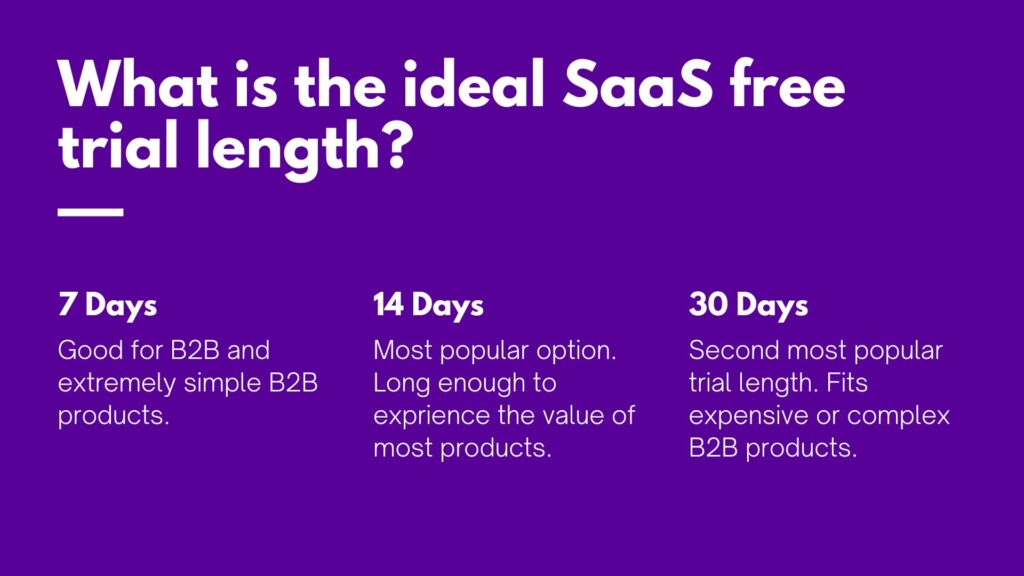
In addition to offering a free version, it’s important to focus on the customer’s experience throughout the buyer’s journey. Instead of making complicated steps, you must give your users a product experience that is easy to understand and focused on the end result.
As part of this approach, perfect your product’s user experience (UX). The faster your customers get results while they spend time on your product, the more your conversion rates will skyrocket.
Be open to trying, learning, and changing some methods.
Unfortunately, there is no single truth in product-led sales strategy. If there was a golden method of selling, all SaaS companies could achieve great sales figures.
That’s why you should be open to trying a variety of strategies. When you fail at a strategy, your sales team knows it’s not for them anymore. What’s next? A new strategy! You can determine the most suitable sales strategies for you by trying various strategies and informing your teammates regularly.
The golden rule is to try, fail, and try again, and then share what you’ve learned with your team.
Conclusion of the product-led sales
Product-led sales is a new approach in today’s competitive environment, and companies aiming to move to a value-based marketing strategy can adopt this approach.
However, there is no definitive method to flawlessly implement the product-led sales approach. Each organization should experiment with various trials to create the ideal strategy to suit its particular needs.
However, moving to a product-focused approach is often a wise choice. So, give it a shot and witness its benefits firsthand.
Further Reading 📚
https://productled.com/blog/product-led-sales-future-of-selling-software
Frequently Asked Questions
Product-led sales (PLS) is a sales approach that prioritizes engaging potential consumers through a product experience. It relies on product data for revenue by putting user engagement at the forefront of sales success.
Product-Led Sales (PLS) differs from traditional sales tactics in several ways. PLS focuses on the product and its ability to generate sales and customers. It incorporates offering free trials and self-service, monitoring consumer behavior, and delivering a positive experience.
A product-led strategy improves the customer experience by focusing on their wants and preferred ways of purchase. It also increases cost-effectiveness by setting up efficient sales processes. Overall, this reduces the cost of customer acquisition and customer churn.

